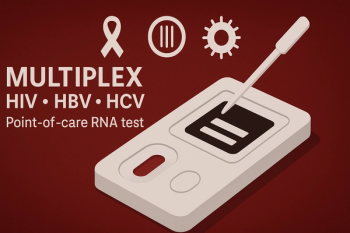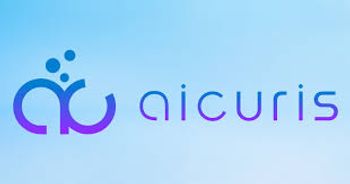
Raxibacumab Does Not Harm Anthrax Vaccine Immunogenicity
In a new phase 4 study, investigators found giving patients raxibacumab at the start of anthrax vaccine adsorbed administration does hurt the protective quality of the vaccine.
Co-administering raxibacumab with anthrax vaccine adsorbed (AVA) does not negatively impact the immunogenicity of the latter, according to newly published research.
The findings have implications for the direction of federal efforts to prepare for possible anthrax attacks, and could lead to better outcomes in patients exposed to the toxin.
Raxibacumab is a monoclonal antibody that has been approved by the US Food and Drug Administration (FDA) as a treatment and post-exposure prophylactic for anthrax. The therapy works by preventing the binding of the Bacillus anthracis toxin’s protective antigen component to the receptors in host cells.
AVA, meanwhile, is a vaccine approved for anthrax prophylaxis. It consists mostly of adsorbed protective antigen.
In a new phase 4 study
Each of the 573 people included in the study were healthy volunteers between the ages of 18- 65 who had no evidence of exposure to protective antigen. They were randomly assigned to 1 of 2 groups.
The first group (287 enrollees) received 0.5 mL of AVA subcutaneously on days 1, 15, and 29 of the study. The second group (286 enrollees) received an intravenous infusion (40mg/kg) of raxibacumab immediately prior to AVA on day 1 of the study, and subsequently received AVA only on days 15 and 29. The primary endpoint was the ratio of geometric mean concentrations (GMC) of anti-protective antigen antibodies after 4 weeks. In short, the team wanted to see if the immune response attributable to AVA varied between the AVA-only group and the raxibacumab plus AVA group.
After 4 weeks, the AVA-only group had a GMC of 26.5 μg/mL of anti-protective antigen antibodies, with individual concentrations ranging from 23.6-29.8 μg/mL). The raxibacumab plus AVA group had an average GMC of 22.5, ranging from 20.1-25.1 μg/mL.
The resulting ratio of 1.18 fit within the study’s predefined non-inferiority margin. The study found a similar adverse event profile for both regimens, and no treatment-related serious adverse events were reported, according to the authors.
Tan and colleagues concluded that the study indicates co-administration of the 2 treatments does not harm immunogenicity of AVA. They say the data also suggests the combination might provide an added benefit in cases of exposure to inhalational anthrax.
The US Centers for Disease Control and Prevention (CDC) does not
However, when a person is exposed to anthrax, the CDC suggests 60 days of antibiotics along with anthrax vaccination.
Raxibacumab was first developed by GSK, but it is now owned by Emergent BioSciences. The phase 4 study was funded by GSK as well as the US Biomedical Advanced Research and Development Authority, which is in charge of preparation for biological attacks. The agency also oversees a
Newsletter
Stay ahead of emerging infectious disease threats with expert insights and breaking research. Subscribe now to get updates delivered straight to your inbox.
















































































































































































































































































































